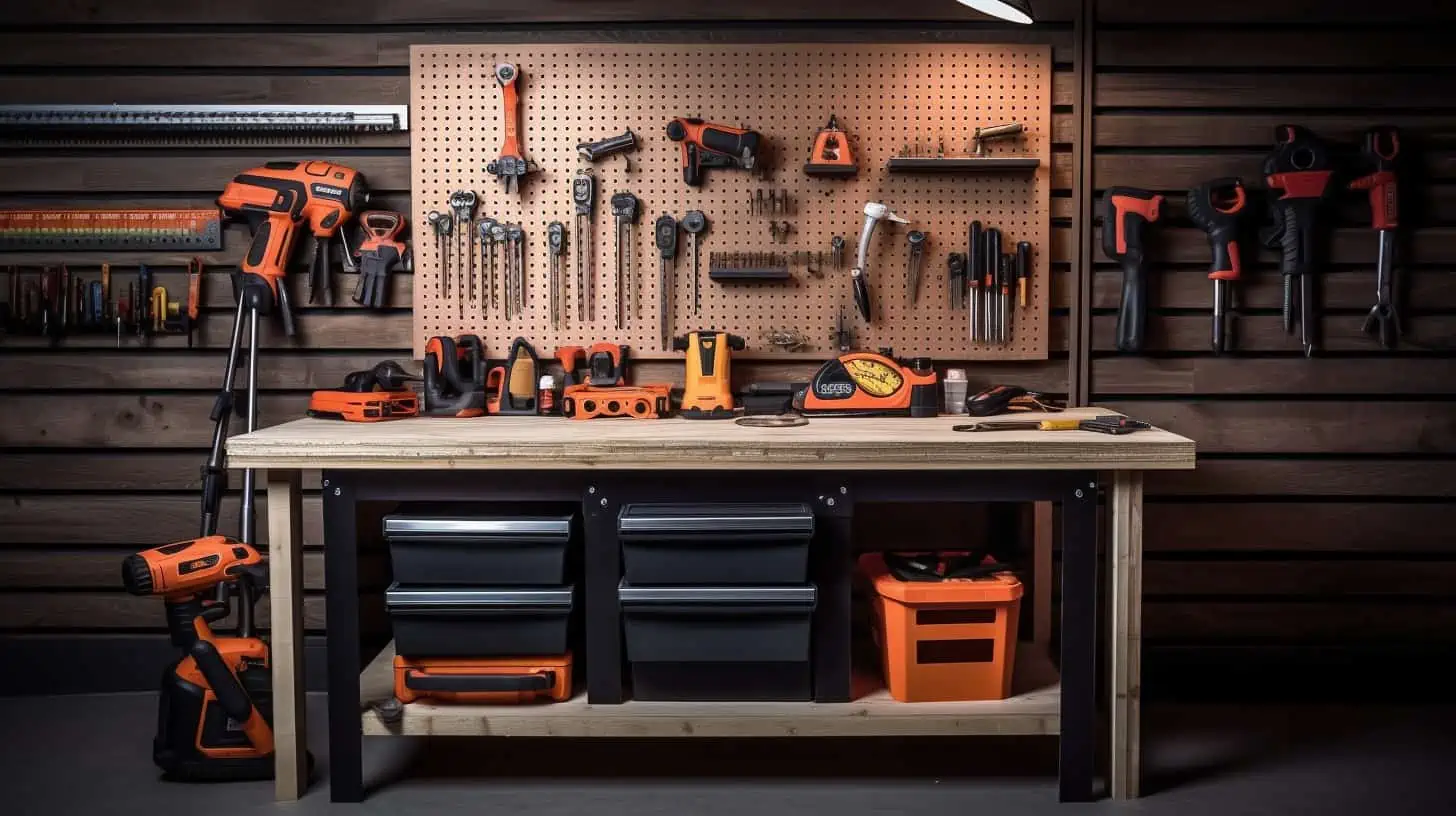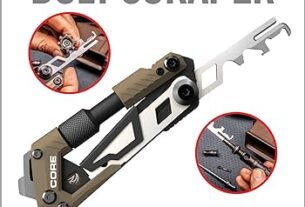Are you tired of manually measuring and marking out your designs? Do you want to save time and increase accuracy in your projects? Look no further than a layout tool! In this comprehensive guide, we’ll cover everything you need to know about layout tools – from how they work, to the different types available, to tips on choosing the perfect one for your needs.
Types of Layout Tools
There are many different types of layout tools available, each with its own unique advantages and disadvantages. Here are some of the most common ones:
1. Tape Measures
Tape measures are a simple yet effective tool for measuring distances. They come in various lengths and widths, making them suitable for a wide range of projects. However, they can be prone to stretching or shrinking over time, which can affect their accuracy.
2. Rulers
Rulers are another basic tool for measuring distances. They typically come in shorter lengths than tape measures and are often used for more precise measurements. However, they may not be as useful for larger projects where longer distances need to be measured.
3. Squares
Squares are used to measure angles and ensure that corners are perfectly square. There are various types of squares available, including framing squares, combination squares, and speed squares. Each has its own unique features and benefits.
4. Levels
Levels are used to ensure that surfaces are perfectly horizontal or vertical. There are several types of levels available, including bubble levels, digital levels, and laser levels.
5. Chalk Lines
Chalk lines are used to mark straight lines on surfaces quickly and easily. They consist of a string coated in chalk powder that is stretched taut between two points before being snapped against the surface to leave a straight line of chalk.
6. Laser Measuring Tools
Laser measuring tools use lasers to measure distance accurately over long distances. They are typically more expensive than other layout tools but can save a considerable amount of time and effort, especially for larger projects.
Choosing the Right Layout Tool
When choosing a layout tool, there are several factors to consider:
1. Project Size
The size of your project will determine what type of layout tool you need. For smaller projects, a tape measure or ruler may be sufficient. For larger projects, you may need a laser measuring tool or longer tape measure.
2. Accuracy
Different types of layout tools offer varying levels of accuracy. If precision is essential to your project, you may want to invest in higher-end tools like digital levels or laser measuring tools.
3. Ease of Use
Some layout tools may be more complicated to use than others. Consider how user-friendly a tool is before making a purchase, especially if you’re new to using layout tools.
4. Durability
Layout tools can take a beating on job sites, so it’s important to choose one that is built to last. Look for tools made with high-quality materials and sturdy construction.
5. Budget
Finally, consider how much you want to spend on a layout tool. While cheaper options like tape measures and rulers can be effective, investing in higher-end tools may ultimately save you time and money in the long run.
Layout Tool Tips and Tricks
Once you’ve chosen the right layout tool for your project, here are some tips and tricks to help you get the most out of it:
1. Take Accurate Measurements
Measure twice, cut once! Accurate measurements are key to any successful project, so take the time to double-check your work before making any cuts or marks.
2. Use Guide Blocks
Guide blocks can help ensure that your saw cuts are perfectly straight and avoid any unwanted deviations from your design.
3. Keep Your Tools Clean
Dirt and debris can affect the accuracy of your layout tools over time. Make sure to keep them clean and free of any obstructions.
4. Store Your Tools Properly
Proper storage can help prolong the life of your layout tools. Keep them in a dry, cool place away from direct sunlight and other potential sources of damage.
5. Practice Makes Perfect
Like any skill, using layout tools takes practice. Start with smaller projects before moving on to more complex ones, and don’t be afraid to experiment with different techniques and methods.
Conclusion
A good layout tool is an essential part of any DIY or construction project. By choosing the right one for your needs and following these tips and tricks, you can save time, increase accuracy, and ensure that your designs come out perfectly every time.
References:
– https://en.wikipedia.org/wiki/Measuring_tool
– https://www.familyhandyman.com/list/layout-tools-for-diys/
– https://www.popularmechanics.com/home/tools/a27687/choosing-the-right-measuring-tool/




